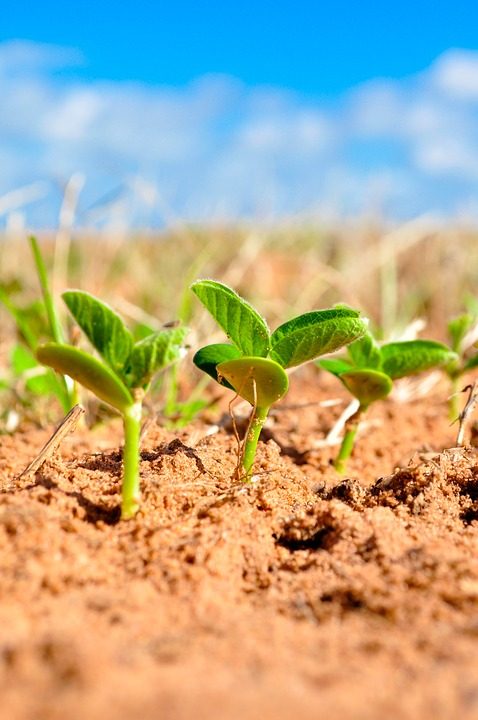Hayden Schug, Agriculture Agent | hschug@umd.edu
University of Maryland Extension, Charles County
As Maryland’s corn and soybean fields move into early vegetative and reproductive stages, June marks a key time for pest scouting. Early detection and threshold-based decisions are the foundation of a strong Integrated Pest Management (IPM) strategy, and this month brings several common threats that row crop producers should be on the lookout for.
Begin scouting for stink bugs in corn, especially along field edges. These pests often move in from neighboring wheat fields during harvest or from forested areas. They tend to show up first along borders and gradually move toward the field interior, so edge-focused scouting is important early on. From V1 to V6, the treatment threshold is 13 stink bugs per 100 plants; this drops to 10 per 100 plants from V14 to VT. Pyrethroids have shown good knockdown efficacy against stink bugs, but keep in mind that they tend to have a short residual period.
Soybean fields are also entering critical scouting windows. VE to V3 soybeans are susceptible to early defoliation from bean leaf beetles, grasshoppers, and other chewing pests. While the damage may look concerning, soybeans can tolerate up to 30 percent defoliation before bloom without experiencing yield loss. Be sure to scout multiple locations across the field, not just the edges, as field borders often exaggerate pest pressure.
Slugs have caused some issues this spring in Southern Maryland. While most fields are planted by June, it’s still worth noting that slugs can remain a concern, especially in no-till systems with heavy residue. Ensuring good furrow closure is key to preventing slugs from accessing germinating seeds. Using row cleaners to clear residue from around the furrow can also help reduce slug habitat and early pressure. If damage is suspected, conducting stand counts can help determine whether replanting is necessary as soybeans can compensate for stand loss.
Alfalfa should be scouted for potato leafhoppers beginning in late May/early June. Regular scouting is very important, once hopper burn becomes visible in the field, yield loss has already occurred. Unlike alfalfa weevil, where the first harvest often reduces populations enough to avoid further issues, potato leafhoppers have multiple generations each year and can quickly reinfest fields after harvest or treatment, so continued scouting is necessary. For a dynamic threshold calculator and detailed scouting tips, check out this resource from Penn State Extension, https://extension.psu.edu/potato-leafhopper-on-alfalfa.
Hot and dry weather can also accelerate the development of secondary pests, particularly spider mites along field edges. While not typically a major issue in June, early flare-ups can occur during periods of drought stress. It’s worth inspecting leaf undersides in stressed areas to catch hot spots before populations expand.
Effective scouting depends on consistent, thoughtful observation. Early morning or evening visits often reveal pests that remain hidden during the heat of the day. Scouting beyond the field edge helps avoid over- or underestimating pest populations. Most importantly, only apply insecticides when economic thresholds are met. Doing so helps reduce unnecessary costs, preserves beneficial insects, and slows the development of pesticide resistance.














